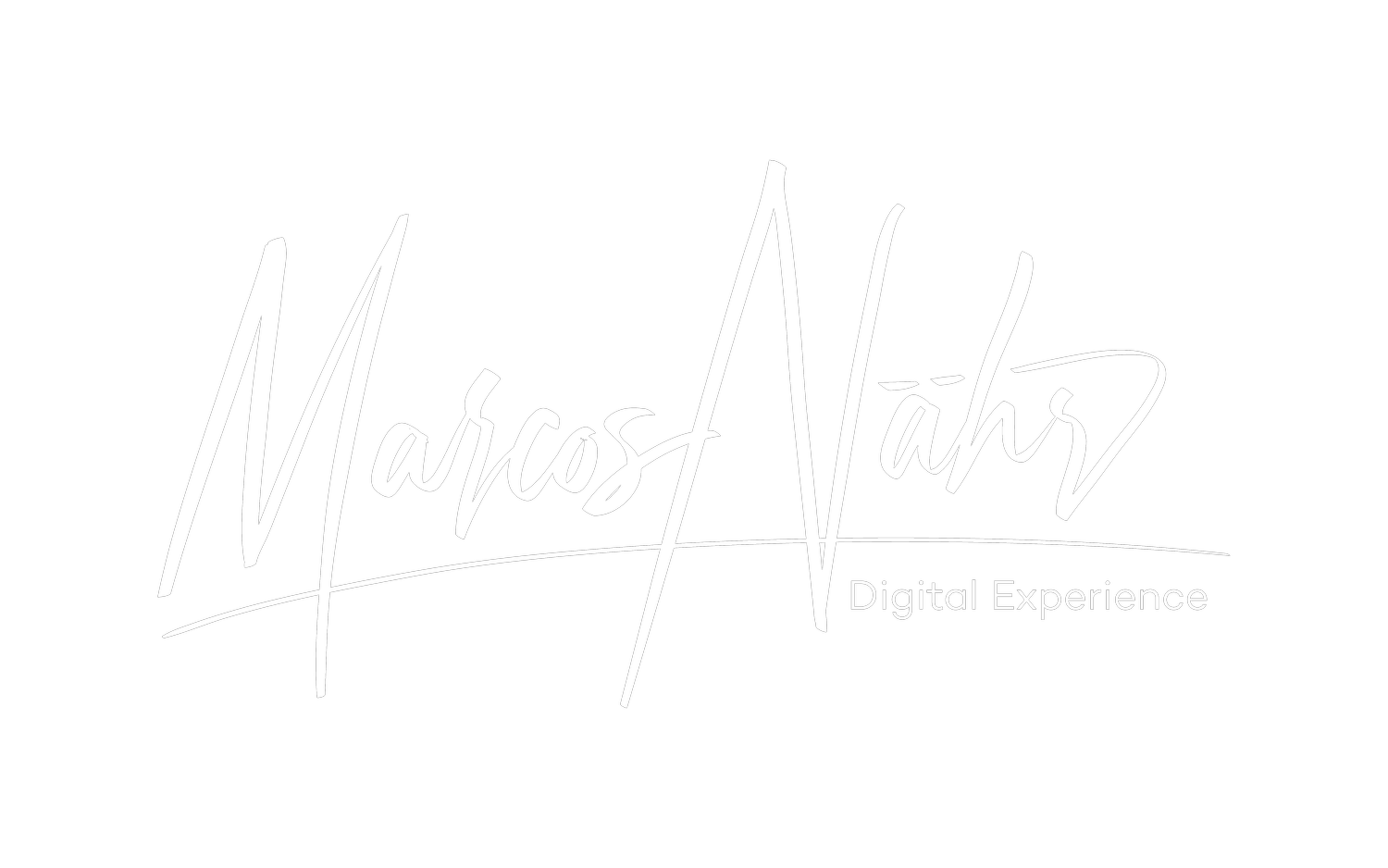Designing Across Decades
A Guide to Multi-Generational UX
A staggering percentage of companies report significant skills gaps in their UX design teams. This statistic underscores a critical challenge facing UX leaders: how to effectively manage and inspire multi-generational design teams in an era of unprecedented technological change.
UX leaders face additional challenges as they manage diverse generational teams alongside rapid technological changes. They must navigate differing viewpoints, attitudes toward failure, and the critical need for trust among Gen X, Millennial, and Gen Z employees.
Understanding Generational Differences in Design
The UX design field is a melting pot of generations, each bringing unique strengths and perspectives to the table:
Generation X (1965-1980): The Bridge Builders
Characteristics: Self-reliant, adaptable, and pragmatic
Design approach: Balances traditional methods with digital innovation
Strengths: Project management, mentoring younger colleagues
Generation X designers often serve as the glue in multi-generational teams, bridging the gap between traditional design principles and cutting-edge technologies. Their adaptability makes them invaluable in rapidly changing environments.
Generation Y/Millennials (1981-1994): The Digital Natives
Design philosophy: User-centric, data-driven, and iterative
Work style: Collaborative, feedback-hungry, and purpose-driven
Strengths: Technological fluency, adaptability to new tools
Millennial designers thrive in agile environments and are often at the forefront of implementing new design methodologies. Their innate understanding of digital platforms makes them key players in creating intuitive user experiences.
Generation Z (1995-2009): The Innovation Catalysts
Emerging design trends: AI-assisted design, voice UI, immersive experiences
Technological fluency: Unparalleled, with a natural inclination towards emerging tech
Strengths: Fresh perspectives, quick adoption of new tools, social media savvy
Gen Z designers, as the newest entrants to the workforce, bring an unparalleled understanding of the latest digital trends and user behaviors. Their ability to think outside traditional design paradigms can lead to groundbreaking innovations.
The Role of Failure in Design Across Generations
Embracing failure as a stepping stone to success is crucial for fostering innovation across all generations. However, each generation's attitude towards failure can vary significantly:
Gen X: Often views failure as a necessary part of the learning process
Millennials: May struggle with perfectionism but value iterative improvement
Gen Z: Generally more comfortable with rapid experimentation and pivoting
Implementing a "fail fast, learn faster" culture requires careful consideration of these generational nuances. Here's how UX leaders can cultivate a failure-positive environment:
Reframe failure as experimentation
Celebrate lessons learned from unsuccessful projects
Implement regular "failure retrospectives" to extract valuable insights
Create safe spaces for risk-taking in design processes
Building Trust in Multi-Generational Design Teams
Trust is the bedrock of any high-performing team. It's especially crucial in multi-generational settings where communication styles and work preferences can vary widely. Here are strategies for building trust across generational lines:
Implement cross-generational mentorship programs
Create opportunities for informal team bonding
Establish clear communication protocols that respect generational preferences
Foster psychological safety through open dialogue and constructive feedback
Design coaching can play a crucial role in building trust across generations. Coaching helps team members develop empathy and understanding for different generational perspectives by providing a safe space for reflection and growth.
Adapting Leadership Styles for Different Generations
Effective UX leadership in a multi-generational team requires flexibility and adaptability. Here's how to tailor your approach:
Gen X:
Provide autonomy and trust in their experience
Offer opportunities for mentorship and leadership roles
Millennials:
Give regular feedback and recognition
Connect their work to broader company goals and social impact
Gen Z:
Embrace new technologies and methodologies they bring to the table
Provide clear career progression paths and learning opportunities
Incorporating design coaching into leadership development can help UX leaders refine their ability to adapt their style to different generational needs. This investment in leadership skills pays dividends in improved team performance and satisfaction.
The Power of Generational Synergy in UX Design
Understanding and leveraging generational differences is not just a nice-to-have. It's a critical factor in creating innovative, adaptable UX design teams. By embracing failure as a learning tool, building trust across generational lines, and adapting leadership styles, UX leaders can unlock the full potential of their multi-generational teams.
The long-term benefits of this approach are clear:
More comprehensive and user-centric design solutions
Increased innovation and adaptability in rapidly changing markets
Improved team satisfaction and retention rates
A competitive edge in understanding and designing for diverse user bases
As UX leaders, we should reflect on our own generational biases and actively work to bridge the gaps within our teams. We can leverage tools like design coaching to provide additional support in this journey, helping team members at all career stages navigate challenges and grow professionally.
